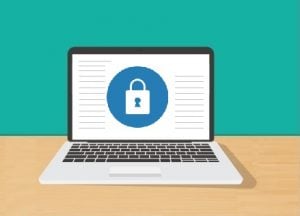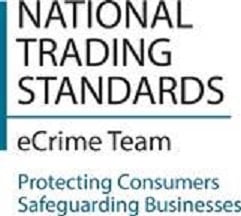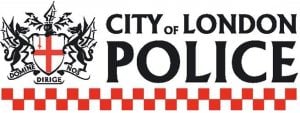The Internet can be a great source of information but unfortunately due to its popularity has become a major source of criminal activity. According to the UK Office of National Statistics, an estimated 4.5 million cybercrimes were committed in England and Wales between March 2017 to March 2018. It’s more important now more than ever to check a website for safety.
Of course, these cybercrimes ranged a broad spectrum in nature but one area which stood out was financial crimes such as bank and credit card fraud. Making payments online can be risky but thankfully there are ways which you can help safeguard yourself.
One of these is to learn more about websites and train yourself to pick up on clues which might indicate that something is off.
Checking if websites are safe
Your Internet browser isn’t just the portal through which you access websites, but it can be a key tool in keeping you safe – if you learn how to read it. The first thing to take note of is your address bar.
Check the site address
The address bar is where you type in the URL, or address, of a site you want to navigate to, but this sometimes fills itself in if you click on a link. By checking the address bar of the site your browser is bringing you to, you can get an indication of whether there might be an issue.
Take for example you click on a link that is supposed to bring you to HSBC’s website, but you notice the URL in the address bar reads something like “www.hsbc-01.com”. This may be a fraudulent site designed to try and get information from you.
Look for SSL
 Almost all browsers today have been designed to show users if websites are secure or not. This usually means that they check for the presence of a Secure Sockets Layer (SSL) certificate on the website.
Almost all browsers today have been designed to show users if websites are secure or not. This usually means that they check for the presence of a Secure Sockets Layer (SSL) certificate on the website.
SSLs are digital certificates website owners install to assure their users that the site is safe and legitimate. There are various levels of SSL certification ranging from the most basic which simple sites like blogs use all the way to Extended Validation SSLs which are expensive and give assurance of top security.
When visiting a site, look at the left-hand side of your address bar and keep an eye out for the icon of a padlock. A green or locked padlock means the site has an SSL certificate and is usually safe to use. (It means only that the connection between the user and the server is secure, it says nothing about what happens to any details you type in and criminals can run fake sites with SSL)
If you would like more information, simply click on the padlock and you can view additional details such as the type of certificate or the issuing body.
About page
A legit website is usually more than happy to let visitors know who they are and what they do. About page is the main section where you can learn everything about the website including the background and the purpose.
Take GetSafeOnline for example, you know that the website is providing advice on how to protect yourself and devices against online attacks.
If the website is showing the physical address or the photos of the team members, surely this will be additional credit for visitors. You can rest assure that you are browsing a genuine website and the site is operating by a legit party. If there are no company details or physical address, this could be a warning sign.
Check for badge verification
Another sign that the site is safe for browsing is if it has badge verification (see image). If the site has something like this, clicking on the badge will give you details on the site security such as the name of the site, company details and even site encryption and Malware scanning status.
These are actually also based on the SSL type that the site employs and are called ‘Secure Site Seals’. Seeing one of these present should reassure you that the site owner has taken your security seriously and that it is safe for you to use.
Is there a privacy policy?
Finances aren’t the only thing cybercriminals today are going after and many will happily steal data as well. Because of this it is also better to ensure that sites you visit have a clearly speeded out privacy policy.
Privacy policies are meant to assure users that the website is transparent about how it uses the data it gathers from your visit. For example, sites that do not spell this out may collect visitor’s (visitors’) information and then sell that to third-parties.
Most legitimate sites will have solid policy statements that adhere to actual legal requirements based on what country’s jurisdiction the site falls under. Take a look at this review policy as an example of how some sites try to be as transparent as possible.
Payment methods
Credit cards are a good way to make payments online because sites which accept credit card payments need to be certified by the credit card companies. A site which only accept alternative methods of payment should be avoided if possible, especially if it accepts only cryptocurrency.
Conclusion
While these methods of site verification and vetting will give you a good idea of what sites are safe or not, it is always better to stick to more mainstream sites if you are unsure. Major retailers or eCommerce platforms are a good start, as an example.
When in doubt you can also refer to sites such as TrustPilot which not only reviews product but also websites. They work on the basis of user reviews which means that the information there has come about from other users’ experiences.
24th October 2022 – Get Safe Online now have a Check a Website tool that allows you to get check a websites safety right here on Get Safe Online.









































